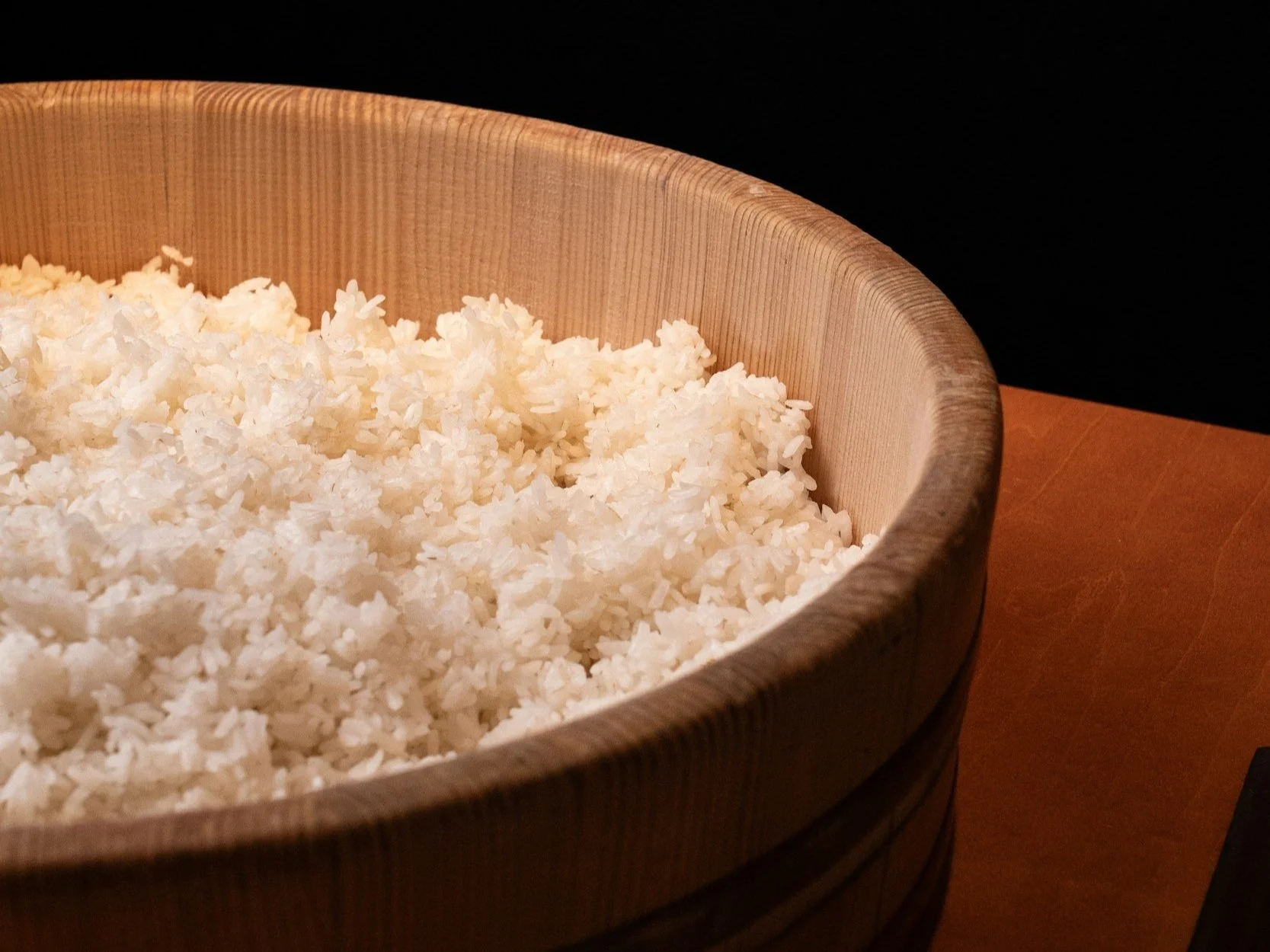Introduction
She arrived exhausted—chronic pain, inflammation, fear around food, and years of trying everything without relief. Panchakarma wasn’t her last hope, but it was a quiet surrender.
Through warm meals, daily treatments, breathwork, and ritual, her body began to shift. She walked out without her cane. Her labs normalized. But more than that—she felt peace.
This is why we do this work. Not just to reduce symptoms, but to help people remember what it feels like to be whole. We invite you to read this inspiring story from a Panchakarma client who experienced deep healing at Purusha Ayurveda.
Finding Peace in a Bowl of Rice
For years, I lived in a body that felt like a battleground. Chronic pain from spine injuries, relentless inflammation from rare autoimmune diseases, and blood sugar levels that refused to settle—my days were measured in medications, insulin injections, and sheer effort. I tried everything: elimination diets, autoimmune protocols, keto, paleo, and carnivore diets. Nothing quieted the storm inside me.
When I arrived at an Ayurvedic Panchakarma retreat at Purusha Ayurveda, I wasn’t searching for miracles. I simply wanted relief. I was skeptical, tired, and quietly desperate. What I found was something deeper than I ever expected: peace. Not just a pause in pain, but a sense of nourishment and stillness that settled into my body like a homecoming. It didn’t come from a pill or a prescription. It came from warm, spiced kitchari eaten slowly in silence; from breathwork that softened the noise in my mind; and from learning how to prepare food in a way that honours both digestion and the sacred.
This isn’t a guide; it’s a reflection. A love letter to the lifestyle that changed everything.
Grains Were My Enemy—Until They Weren’t
Like many diabetics, I was taught to fear grains. Oatmeal, rice, and even beans were off-limits; I believed they would spike my blood sugar and undo all my efforts. The fear was real and not unfounded. Unprepared grains can cause havoc, especially in bodies already navigating complex needs.
But Ayurveda holds a different perspective. Grains are grounding, nourishing, and deeply stabilising—when prepared properly. At the retreat, I was gently encouraged to welcome them back, one by one. Steel‑cut oats soaked overnight, basmati rice rinsed and spiced, amaranth simmered with vegetables—each became part of my daily meals.
In the beginning, there were some fluctuations. But within a week, the spikes settled. My body adjusted, and instead of resistance, I found ease. I stopped fearing the bowl of grains and started experiencing what it meant to be nourished.
It Was Never Just About the Food
One of the most profound lessons Ayurveda taught me is that digestion begins long before the first bite. In the mornings, I began to follow a gentle rhythm: waking early, sipping room‑temperature water, practising gentle yoga, and moving into breathwork to stoke my agni, the digestive fire. These practices became non‑negotiable; they changed how my body received food.
I also adopted a ritual before meals: a small mix of spices blended into a sticky paste, taken about 15 minutes before eating. The mix is simple — equal parts powdered black pepper, ginger, cinnamon, and allspice. Stir in as much of the powder as needed into a tablespoon of raw honey or date paste to form a thick ball of spicy‑sweet paste. Then, take half a teaspoon before each meal. It’s a small act, but one that signals to the body, It’s time to receive nourishment.
This pre‑meal ritual is now one of my most trusted tools. It supports digestion, reduces post‑meal spikes, and feels like a moment of sacred intention in the day.
Grains with Intention; Beans with Care
Grains are no longer an afterthought or a risk to be managed—they are part of a thoughtful ritual. I rinse/clean them, soak them, and then spice while cooking and eat them slowly. I combine them with cooked vegetables, protein from mung beans, lentils, fish, and poultry (no flesh during Panchakarma, though), and healthy fats from ghee and avocado oil. I don’t overload my plate; I balance it.
The same applies to beans. Canned beans wreak havoc on my blood sugar and irritate my gut, even when rinsed. But dried beans—properly soaked overnight and cooked with Ayurvedic spices and mixed with grains like quinoa, basmati rice, or amaranth—are deeply supportive. Chickpeas are my favourite, especially for their texture and versatility. Black beans are another staple; I often mash them into burgers with mushrooms, greens, carrots, and a bit of chia‑seed gel for binding (I can’t tolerate eggs).
Chia seeds themselves have become a staple—made into warm puddings, savoury spreads, or crunchy “crackers” that I sprinkle over salads or kitchari. Even snacks are now part of the ritual: a date filled with almond butter, or toasted (soaked, or even sprouted) nuts and seeds with warming spices and a pinch of pink Himalayan salt, becomes something both nourishing and comforting.
A Return to Life: What the Labs Revealed
By the time I attended my first Panchakarma retreat, I was dangerously unwell. My liver was severely fatty, kidneys were struggling with chronic disease, and protein was spilling into my urine at alarming levels. My blood pressure was high, inflammation was uncontrolled, and I had just endured a spike in liver enzymes from methotrexate — an attempt to suppress my autoimmune flare that nearly broke my system. My body was failing. I needed a walking stick just to get through the day — around the house, the grocery store, or any basic activity. For anything more demanding, like navigating an airport, I required wheelchair assistance. There was simply no way I could manage the long walks between gates.
But when I left that first retreat, I walked through the airport entirely on my own — no wheelchair, no walking stick. For the first time in years, I moved with freedom.
A month later, I had my labs done after continuing the Ayurvedic lifestyle at home. The results were nothing short of miraculous: normal liver enzymes, no fatty liver, normalised kidney function, no longer spilling protein in my urine, incredibly stable blood sugar, inflammation nearly within normal range, and no insulin resistance or dawn phenomenon. My rheumatologist, endocrinologist, and renal specialist were stunned.
Now, 18 months into this lifestyle — two Panchakarma retreats completed — those results have held strong. My body continues to heal in ways I once thought were impossible. Through it all, the foundation has remained the same: mindful meals, sacred routine, and the quiet, powerful medicine of Ayurveda.
Healing Beyond the Numbers
The numbers tell a powerful story. I went from over 200 units of insulin (a combination of fast and long acting — no pump for me, sadly) per day to fewer than 15. On some days, I need only three units. I lost more than 70 pounds in seven months. I stopped all 4 of my pain medications within weeks of starting Panchakarma. My inflammation fell away; I shed over 25 pounds of it in that first week alone.
But numbers only tell part of the truth.
The real miracle was being able to walk without pain, to navigate stairs without fear, to sit down to a meal and not wonder what would go wrong, to experience my body not as an obstacle but as a vessel for healing. I never expected to get my life back.
Ayurveda gave me that gift — not through force or restriction, but through rhythm, intention, and care.
This Lifestyle Is a Love Language
Ayurveda isn’t a diet. It’s a way of living that invites you to slow down, to listen, and to remember what it feels like to be at peace with your body. Food becomes part of that peace — not something to fear, but something to honour.
There is joy in preparing meals the night before, in soaking rice with a quiet heart, in grinding spices by hand. Cooking becomes ceremony; eating becomes meditation. This is not about perfection; it is about connection — to your food, to your breath, and to the quiet wisdom of your body.
For Practitioners and Clients Alike
To my dear practitioner friends: your clients are not wrong to be cautious. But grains and beans can coexist beautifully with diabetes when approached mindfully. Help them learn the rituals of preparation. Show them the power of breathwork, early dinners, and spice.
To anyone navigating diabetes or autoimmune illness: you are not broken. You do not need to live in fear of food. With care, consistency, and a little trust, you can find a rhythm that supports and sustains you. Ayurveda isn’t about denying yourself; it’s about nourishing yourself fully.
You can eat with love. You can heal with food. You can feel peace again.
ABOUT THE AUTHOR
Christine is a committed Ayurvedic lifestyle follower, living with diabetes, multiple autoimmune conditions, and severe spinal injuries. Through Panchakarma and ongoing practice, she has reversed inflammation, dramatically reduced her insulin needs and medications, as well as reclaimed her mobility and health. She shares her journey to offer encouragement and practical insight to others navigating chronic illness.
Disclaimer
The sole purpose of these articles is to provide information about the tradition of Ayurveda. This information is not intended for use in the diagnosis, treatment, cure or prevention of any disease.






















